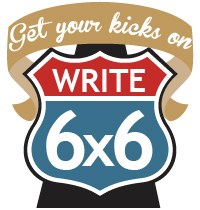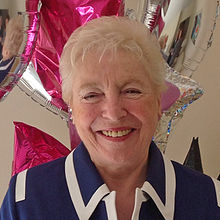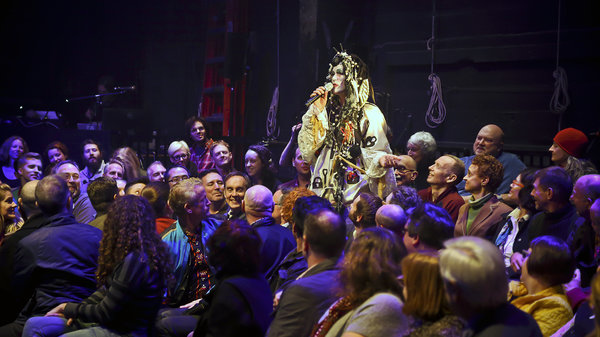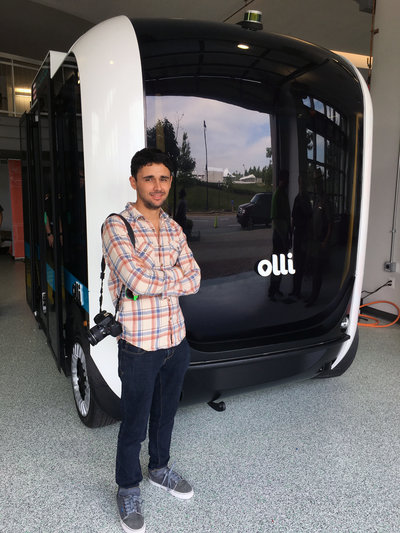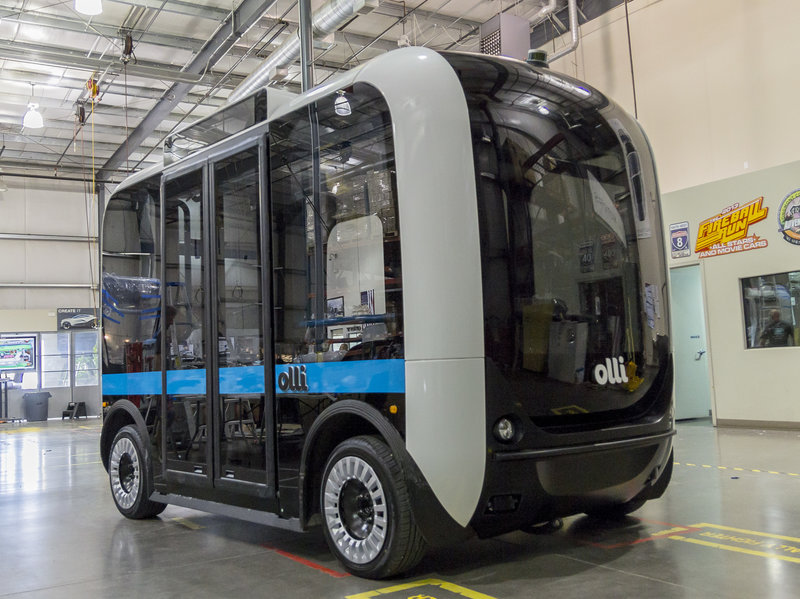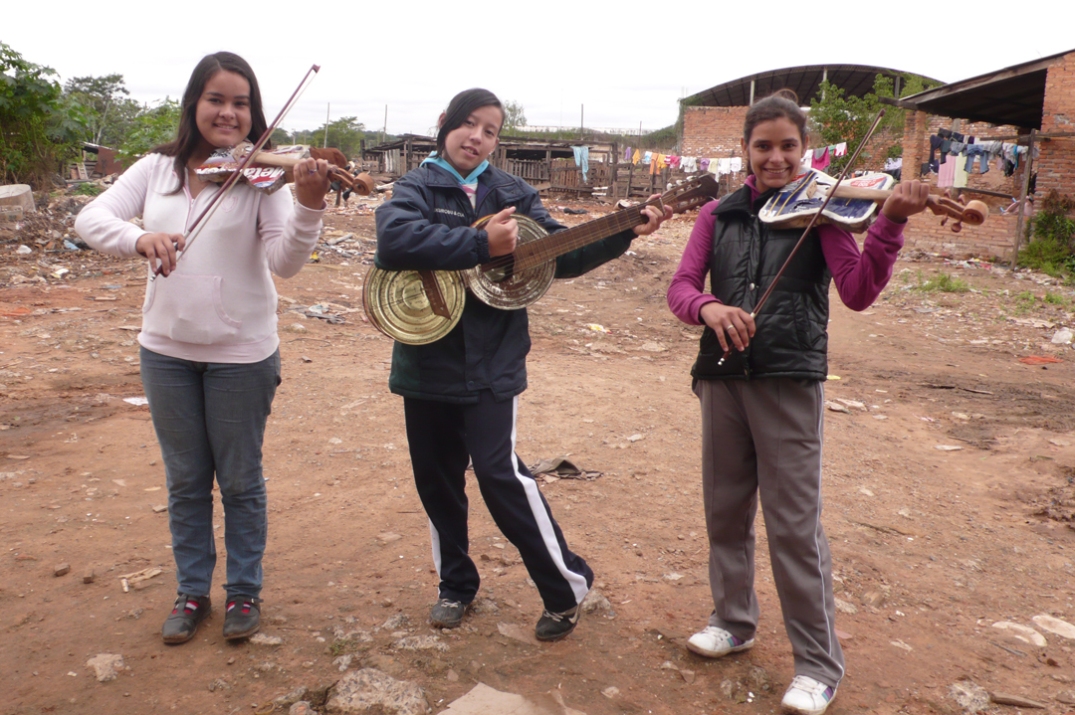https://futurism.com/the-byte/stored-wizard-oz-strand-dna
by Dan Robitzski
ATCG Drive
The intricate arrangement of base pairs in our DNA encodes just about everything about us. Now, DNA contains the entirety of “The Wonderful Wizard of Oz” as well.
A team of University of Texas Austin scientists just vastly improved the storage capacity of DNA and managed to encode the entire novel — translated into the geek-friendly language of Esperanto — in a double strand of DNA far more efficiently than has been done before. DNA storage isn’t new, but this work could help finally make it practical.
Difficult Tradeoff
Big tech companies like Microsoft are already exploring DNA-storage technology, as the biomolecule can encode several orders of magnitude more information per unit volume than a hard drive. But DNA is particularly error-prone. It can easily be damaged and erase whatever’s stored on it.
“The key breakthrough is an encoding algorithm that allows accurate retrieval of the information even when the DNA strands are partially damaged during storage,” molecular biologist Ilya Finkelstein said in a UT Austin press release.
Full Technicolor
In the past, scientists had to encode the same information over and over so that the built-in redundancies would serve as a backup. But in the new research, set to be published in the journal PNAS, backups are no longer needed. Now, each bit of information strengthens the others around it.
“We found a way to build the information more like a lattice,” UT Austin researcher Stephen Jones said in the release. “Each piece of information reinforces other pieces of information. That way, it only needs to be read once.”
READ MORE: Power of DNA to store information gets an upgrade [UT Austin]
More on DNA: Scientists Just Stored The Hottest Album From 1998 In Literal DNA
